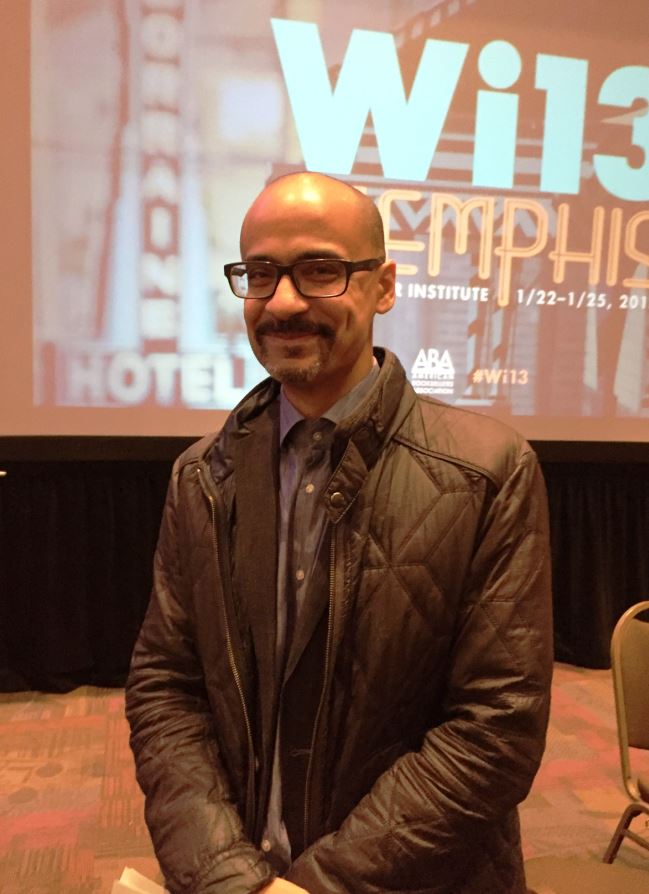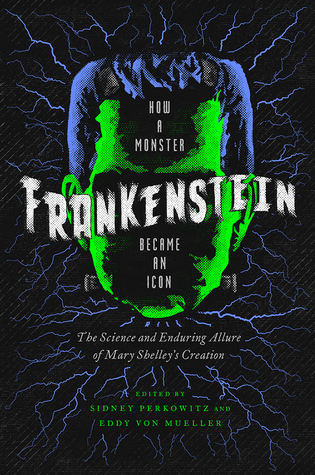Hi Becky, Rachel from New Glarus Public Library here. I have a question. I am trying to update my read-alike lists with more diverse authors and I am struggling to find any resources that can connect me. Ideally, I want ANYTHING that can give me some similar suggestions--like, what is suggested for POC or LGBTQIA authors if I like Dan Brown or Nancy Atherton, for example? Other than searching a title, reading all about the book, and then racking my brain to decide what they sound similar to; do you know of a better way? Even Goodreads doesn't seem to have much in the way of read alike suggestions for POC authors. Any links or suggestions would be appreciated. Thanks!First of all- Yay Rachel for realizing her readalike lists need diverse options. But unfortunately, this reminded me that while the movement to include diverse voices in our library collections and suggestions has made great strides in the last few years, her point is a HUGE problem because it’s not just Rachel who needs to diversify her realizes lists...it’s every single one of us.
Let me explain. Right now there are many diverse lists of adult reading options out there. BUT, and this is a big BUT, they are by “diverse” group, not arranged as readalikes. So for example, you can find huge lists with cross genre reading options of African American titles or LGBTQ or disability or-- insert the marginalized category here. Each list has many types of books, with different appeals and different genres. However, the lists are not doing the work of diversifying our reading as well as they could because these lists still keep those groups outside of the “normal lists.” And, you cannot in any way use them as readalike options for authors. What Rachel describes above, is literally what you have to do to include diverse options in your Dan Brown readalike list.
Second, NGPL is a wonderful library [I have been there, I know] but they are also a tiny, 1 room place in southern Wisconsin. Why is this the library that is asking me for help? Wy aren’t their larger libraries tackling this topic. When I went to some of the bigger, better known libraries with vast readalike lists on their websites, I fond that there’s too were white and straight. Yes they have lists of culturally diverse authors as mentioned above, but these authors are not incorporated into the readalikes for a specific author. Again, they are operated by their category of diversity. Sigh.
If the larger library systems, from cities where there are more diverse populations are not doing this, who is? We all need to look at our popular authors lists-- most of whom are very white-- and start adding diverse choices in there. But there are NO RESOURCES to help us do this. And until we diversify the readalike lists themselves, we are not really solving the lack of diverse reading options problem.
I have been working on Rachel’s question off and on for a few days now and I have a partial solution and also a plea-- a Call to Action-- for all of us to help make Rachel’s desire to diversify her readalike lists an easy request. I am going to share some of my process with you to help you understand the problem and the possible solutions.
Okay let’s start with narrowing down diverse options by more than the “category” of the diversity because let me tell you, there are all kinds of problems with that. First, for example, African American author is not enough of an appeal factor to make a readalike. But genre can be very helpful to start narrowing down if someone would enjoy a book.
Thankfully, just about every genre has a resource which includes lists of marginalized voices where you can look for books in a genre. WOC Romance is one of the best because it breaks everything down further by subgenre and other appeal factors. Also Stop You’re Killing Me has a diversity index for mystery authors. The Seers Table from the Horror Writers association is not as organized as the other two I have mentioned, but they have a lot more information on each author they highlight; another writer introduces the author being featured with a short piece on his or her writing style that really lets you know what type of reader that author would appeal to.
That is a start for a few genres; you can go search out more yourself. But, still that does not help you to get readalikes-- just people in that same genre. And, Rachel specifically mentions Dan Brown and let me tell you, the thriller resources are the worst at diversifying because the publishing landscape for this genre is very white and male and heterosexual.
I know that NoveList has added appeal factors to their “character” search field that denote all areas of diversity; however, I did some poking around and they are not adding it to ALL of their diverse options. For example, Victor LaValle has no mention of the fact that his works actively look at the African American experience in the appeal search areas. Neither does Colson Whitehead?!?! But even more frustrating, I tried to use the "appeal mixer" in order to choose their advertised, “culturally diverse” tag for character in conjunction with other appeals to create a readalike for the feel of Dan Brown, but alas, “culturally” diverse cannot be used here-- it’s not even an option. I suspect it is because not enough people are tagged with this term yet-- as I just noted.
It is a vicious circle and none of us are helping to break the circle. It was here that I took a 2 days break from this question because I was so frustrated.
Continuing with my research, if you look up Dan Brown in NoveList you only get white people as readalikes options. The same thing happens on Goodreads. Although I should do a quick aside here to explain the best way to get readalikes for an author on Goodreads. Don’t search in Goodreads. Rather do a Google search for “Goodreads authors similar to ___________.” That will pull it right up.
The Goodreads thing surprised me because overall Goodreads lists tend to be more diverse than other resources, since they are crowd sourced by actual readers.
I feel like Debbie Downer with this post, but here is a bit of a silver lining. If you can find a diverse author to begin with and search that person, you will get more diverse offerings. So let’s take one of the most popular SF/F authors right now, N. K. Jemisin. Here is the link to authors who are similar to her via Goodreads. Ahh, men, women, people of color.
The problem here is we need a starting point, which brings us back to the lists of diverse authors by their diverse category. But if we use those to find just 1 readalike author for an author, we can then use the resources to diversify the entire list. We can search for readalikes and similar authors to that 1 title or author.
Finally, if you are looking for the faster way to find a diverse list you can use while you diversify your old lists, try Book Riot. They have lots of lists and they always make sure their offerings are diverse- it is part of their mission. Use their wide range of lists for just about any type of reader you could think of to find options to diversify your current lists. For example, under Mystery/Thriller, I found this list of 25 Cozy Mysteries series and it includes diverse options. Use it as a resource for your cozy authors like Atherton, mentioned by Rachel above.
In summary, it can be done, and done a little easier than with what Rachel was doing, but it’s still not as easy as it should be. So what we need is for all of you to get to it. That’s right, I am calling each of you to action. If each of my readers only makes 1 diverse readalike list for a white, straight, popular author, well then we would have thousands of lists floating around out there. Make them, post them to your websites, and let’s start truly diversifying our options for our readers.
I promise to do a few horror ones on the horror blog in the coming days to help. See I am calling myself to action. I will work on diverse readalike lists for Stephen King, Dean Koontz, and Paul Tremblay to start. By the way, by diverse, I do not mean I am ignoring all white people. I mean I will have a mix of options-- you know truly diverse.
Now let’s not only get fired up to make these lists, but in general, let’s use this post to remind ourselves that all of our displays and all of our readalike lists need to reflect the myriad of human experiences out there, not just the one that is currently deemed “normative.” After you make a list or a display on any topic, give it a once over and make sure you have included as diverse a list of voices as possible.
For past Call to Action posts, click here.






